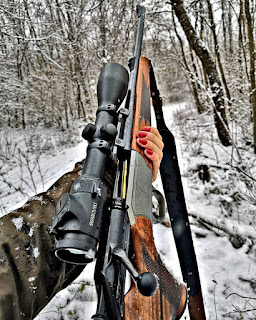
Month: April 2021
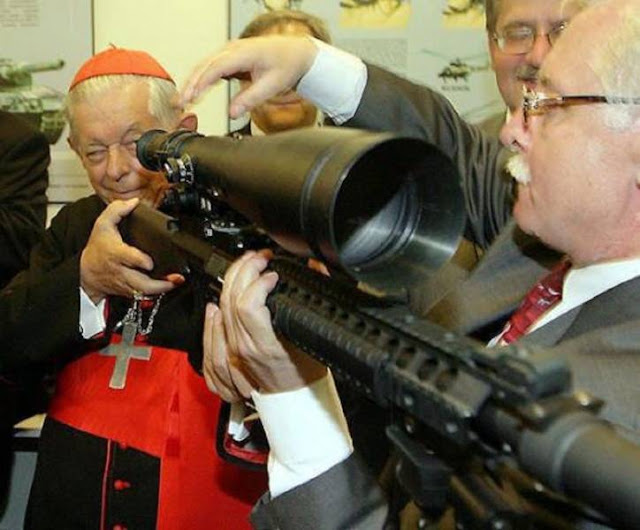
Your odd & Sod 1911 Porn Picture
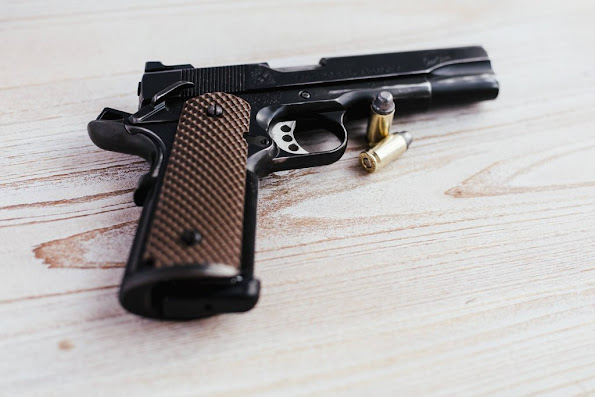
Its a real pity that the Brits were forced to stop making Sporting Small Arms basicially except for the Elite Gunmakers like H&H or Purdeys. As I can testify from personal experience. That ones I own are some of the best rifles that I have in my small gun collection.
So if you get a chance to buy one of these fine weapons. That I strongly urge to to seriously considerate it. As I think that you will not be disappointed less of course some idiot tried to pretend that they are a gunsmith. Grumpy

There is a central hypocrisy at the heart of the gun control effort. High-profile gun control-supporting politicians, the Hollywood elite, and billionaire tycoons, will advocate to strip ordinary Americans of their right to defend themselves and their family, all the while enjoying the security that armed men with guns provide.
As Hunter Biden’s 2018 firearm incident shows, this hypocrisy extends even to incidents where a high-profile individual has taken the step of procuring their own firearm. The message from these elites could not be clearer: Gun laws are only for the little people.
For those who have yet to learn of Hunter’s escapades in firearm ownership, according to a report from Politico, the troubled son of the president purchased a .38-caliber revolver from a Delaware Federal Firearms Licensee (FFL) on October 12, 2018.
In order to acquire the gun, Hunter filled out the required BATFE Form 4473. On October 23, Hallie Biden, widow to Joe Biden’s son Beau and then-companion to Hunter, searched the ne’er-do-well’s truck, which was parked at her home in Wilmington, Del., and found the handgun.
Apparently fearing for Hunter’s safety, Hallie wrapped the revolver in a shopping bag and threw it into a trash receptacle outside nearby gourmet grocery store Janssen’s Market – which is located across the street from the campus of Alexis I. du Pont High School.
Later that day, after Hunter told Hallie to retrieve the firearm, Hallie returned to where she had disposed of the gun but could not find it. At this point law enforcement was notified of the missing firearm, prompting an investigation that reportedly involved the Delaware State Police, the United States Secret Service, and the Federal Bureau of Investigation.
As it happens, between Hallie’s disposal of the firearm and her return to the market, a man who routinely searches the store’s trash receptacles for recyclables recovered the firearm. This man returned the revolver a few days after finding it.
According to Politico, prior to the firearm’s return a pair of Secret Service agents visited the FFL where Hunter purchased the firearm in an attempt to obtain the corresponding Form 4473.
The Politico report noted,
Secret Service agents approached the owner of the store where Hunter bought the gun and asked to take the paperwork involving the sale, according to two people, one of whom has firsthand knowledge of the episode and the other was briefed by a Secret Service agent after the fact.
The gun store owner refused to supply the paperwork, suspecting that the Secret Service officers wanted to hide Hunter’s ownership of the missing gun in case it were to be involved in a crime, the two people said. The owner, Ron Palmieri, later turned over the papers to the Bureau of Alcohol, Tobacco, Firearms, and Explosives, which oversees federal gun laws.
As has been made clear in a previous item regarding this incident, NRA does not allege that Hunter or Hallie engaged in any criminal conduct. However, Hunter and Hallie’s conduct give rise to several legal questions.
Hunter was discharged from the U.S. Navy Reserve in 2014 after he tested positive for cocaine. Further, at various times, Hunter has been a notorious and admitted drug user. Hunter’s lengthy battle with drugs has been chronicled by himself and the Biden family in numerous interviews and a forthcoming memoir titled, “Beautiful Things.”
An April 1, 2020 USA Today piece on Hunter’s memoir contained the following summary of some of its contents,
In the spring of 2018, he used his “superpower – finding crack anytime, anywhere” – in Los Angeles. At one point, a dealer pointed a gun at his head before he realized Biden was looking for drugs.
He later learned how to cook drugs and spent a lot of time with thieves, addicts and con artists. “I never slept. There was no clock. Day bled into night and night into day,” he writes.
The situation grew out of control. “I was smoking crack every 15 minutes,” he writes.
Biden returned to the East Coast in the fall of 2018, again wanting to get better, though that didn’t happen.
Eventually, his family tried to stage an intervention. “I don’t know what else to do,” Joe Biden told him. “I’m so scared. Tell me what to do.” His son replied: “Not (expletive) this.”
It wasn’t until he met now-wife Melissa Cohen in Los Angeles – whom he married after only a week of knowing – that he got sober again. They told each other they loved each other on their first date; she had the same eyes as Beau, he writes. She championed his sobriety and dumped out his crack.
It is illegal for a person “who is an unlawful user of or addicted to any controlled substance” to possess a firearm. Possession of a firearm by a prohibited person is punishable by up to 10 years imprisonment.
In order to purchase a firearm from an FFL, a buyer must fill out a Form 4473. The form asks, “Are you an unlawful user of, or addicted to, marijuana or any depressant, stimulant, narcotic drug, or any other controlled substance?” Hunter answered “no” to this question.
Lying on a form 4473 is two separate crimes. It is a crime when a person “knowingly makes any false statement or representation with respect to the information required by this chapter to be kept in the records of a person licensed under this chapter,” such as the Form 4473. A violation of this provision is punishable by up to 5 years imprisonment. It is also a crime for a person to “make any false or fictitious oral or written statement” to a dealer “with respect to any fact material to the lawfulness of the sale.” A violation of this provision is punishable by up to 10 years imprisonment.
Janssen’s Market is located less than 250 yards from the campus of Alexis I. du Pont High School.
As a U.S. senator, Joe Biden was a key proponent of the federal Gun-Free School Zones Act of 1990. The initial version of this unconstitutional and unwise policy was struck down by the U.S. Supreme Court in U.S. v. Lopez. A later, similarly constitutionally dubious, version remains on the books.
18 USC 922(q)(2)(A) provides,
(A) It shall be unlawful for any individual knowingly to possess a firearm that has moved in or that otherwise affects interstate or foreign commerce at a place that the individual knows, or has reasonable cause to believe, is a school zone.
18 USC 921 (a)(25) defines school zone as,
(25) The term “school zone” means—
(A) in, or on the grounds of, a public, parochial or private school; or
(B) within a distance of 1,000 feet from the grounds of a public, parochial or private school.
18 USC 922(q)(2)(B) does provide for some exemption for possession of a firearm,
(i) on private property not part of school grounds;
(ii) if the individual possessing the firearm is licensed to do so by the State in which the school zone is located or a political subdivision of the State, and the law of the State or political subdivision requires that, before an individual obtains such a license, the law enforcement authorities of the State or political subdivision verify that the individual is qualified under law to receive the license;
(iii) that is—
(I) not loaded; and
(II) in a locked container, or a locked firearms rack that is on a motor vehicle;
(iv) by an individual for use in a program approved by a school in the school zone;
(v) by an individual in accordance with a contract entered into between a school in the school zone and the individual or an employer of the individual;
(vi) by a law enforcement officer acting in his or her official capacity; or
(vii) that is unloaded and is possessed by an individual while traversing school premises for the purpose of gaining access to public or private lands open to hunting, if the entry on school premises is authorized by school authorities.
Maybe Hallie had a Delaware License to Carry a Concealed Deadly Weapon or placed the firearm in a locked container while she brought the gun to the store. However, a reasonable person might wonder whether an individual who would throw a handgun wrapped in a shopping bag away in a publicly accessible trash receptacle, would comport their conduct within these narrow exceptions while traversing the public roadways to Janssen’s Market.
If Hunter and Hallie are guilty of any illegal conduct, it’s difficult to fault the pair for ignoring the potential legal ramifications of their actions. After all, these gun control measures were not designed to be followed by well-connected elites like them.
This point is underscored by the Secret Service’s alleged involvement in the case. Rather than having their conduct scrutinized by federal law enforcement, if the Politico report and Hunter’s contemporaneous text messages are to be believed, the federal government tried to cover up for the prominent pair.
As well-protected politicians and their establishment allies push for new gun controls, ordinary law-abiding Americans should know that these hypocrites have no intention of parting with their own elaborate security measures or being otherwise inconvenienced by the burdens they foist upon the rest of us.
————————————————————————————Hey its a small Club and we are not in it & never will be! Grumpy
 Courtesy of Big Game Hunting Adventures
Courtesy of Big Game Hunting AdventuresMost of us have limited space for taxidermy in the house, but photographs are cheap and take up almost no space. Unfortunately, taking a good trophy photo is a task that countless hunters mess up each year, wasting a precious opportunity to capture the moment.
On your next hunting trip, make sure you follow these tips on how to take a good trophy photo, and I guarantee that you will appreciate the results.
Carry the right equipment
 Courtesy of Steve Myers
Courtesy of Steve Myers
The best time to take a trophy photo is immediately after recovering the animal. The animal will look more “fresh” in the photographs and will be easier to move around before rigor mortis sets in. However, this means that you must either be carrying all of the proper equipment necessary to take the photograph or have it quickly accessible.
The most important piece of equipment you’ll need to take a good trophy photo is a good camera. Though carrying a high-quality camera is great, there is not necessarily anything wrong with using a cellphone to take pictures with, just make sure you use one with a good camera.
I cannot emphasize this enough: No matter what camera you decide to carry, make sure you know how to use it. Trying to take a good trophy photo of the buck of your dreams is not the time you should be learning how to use your camera. It does you no good to take the time and create the perfect setting for your trophy photo if the camera isn’t focused properly or the flash won’t go off.
Additionally, try to use a camera that has either a timer setting or a remote. This is especially important when hunting alone, and there is nobody around to photograph you with the animal. However, this can still be helpful when hunting in a group as it will allow you to photograph the entire hunting party at once.
As I’ll discuss later, some of the best trophy photos are those taken from an extremely low angle, which often necessitates laying on the ground. A poncho or other piece of waterproof gear can be helpful by keeping the photographer dry if the ground is wet or muddy.
Finally, if at all possible, carry a small tripod with you as well. This will help ensure that the camera is held steady and level during shooting and greatly assist when taking a group photo.
Prepare the animal and the scene
 Courtesy of Matthew Acosta
Courtesy of Matthew Acosta
Remember: the animal (not the hunter) should be the focus of any good trophy photo and that all trophy photos should be taken in a manner respectful to the animal. Whenever possible, take your trophy photos in a natural setting (preferably in the area the hunt occurred).
Whatever you do, ensure that there is nothing distracting or inappropriate in the background of the photograph. Also, please do not take a photograph of an animal in the back of a truck.
One of my favorite poses is to place the animal in a bedded-down position with the legs folded up underneath the body. Then, use a stick, rock or your hand to support the animal’s head during the photographs.
If possible, position the animal so that the horns or antlers are silhouetted against the sky. Remove vegetation or other objects from in front of or behind the animal that may cause a distraction in the photo.
Additionally, take your trophy photos from a low angle. This emphasizes the size of the animal. The two photos below are of the same buffalo, but notice how much more impressive it looks when the photograph was taken from a low angle.
 Courtesy of Kevin McAdams
Courtesy of Kevin McAdams
Before taking the photograph, do your best to ensure that you remove excess blood from the animal. Depending on the situation, I like to either use water or dirt to wash away or obscure the blood.
In addition to the actual bullet or arrow wound, don’t forget to clean up the mouth and nose of the animal. Finally, stick the tongue back in the animal’s mouth before taking the trophy photograph.
The photograph below is, in my opinion, almost perfect. The animal is clean and sitting in a dignified position near the area where the hunt occurred. For the most part, the horns are silhouetted against the sky, and the background enhances the beauty of the animal without being distracting. The only thing I can think of to improve this trophy photograph would be to remove the blades of grass that are in front of it.
 Courtesy of Kok & Seyffert Big Game Hunting
Courtesy of Kok & Seyffert Big Game Hunting
Don’t forget about preparing yourself for the photograph as well. Avoid wearing sunglasses in trophy photographs. The same goes for hats, since they will often cast a shadow across your face.
Generally speaking, it is best to position yourself either next to, or behind the animal in a trophy photo. Make sure you are close enough to touch the animal, but are also positioned off to the side of the antlers/horns.
Take a variety of shots
Luckily, digital photos are free, and you can take literally hundreds of trophy photos with no problem. Take photos with different settings on the camera, both with and without a flash, or even in black and white or sepia tone.
Take photographs from different angles of different poses as well. Also, don’t be afraid to try out a nontraditional pose or some candid shots. There is a good chance that a pose or camera setting that you did not initially think to try actually ends up being a great trophy photograph.
Keep in mind that you’re trying to tell the story of the hunt with your trophy photograph. Especially if the hunt would not have been successful without the efforts of someone other than the hunter, like the dog in the photo below (who was essential in recovering the impala), make sure you include that member of the team in the trophy photo.
 Courtesy of Kok & Seyffert Big Game Hunting
Courtesy of Kok & Seyffert Big Game Hunting
I know that it all sounds really complicated and difficult. Luckily, taking a good trophy photograph is just like anything else: the more you do it, the easier it gets.
Take a critical look at some of your recent trophy photos and choose one or two things to improve on next time you go hunting. I guarantee that down the road, you that you will appreciate taking a little bit of extra time to take some high-quality trophy photos.
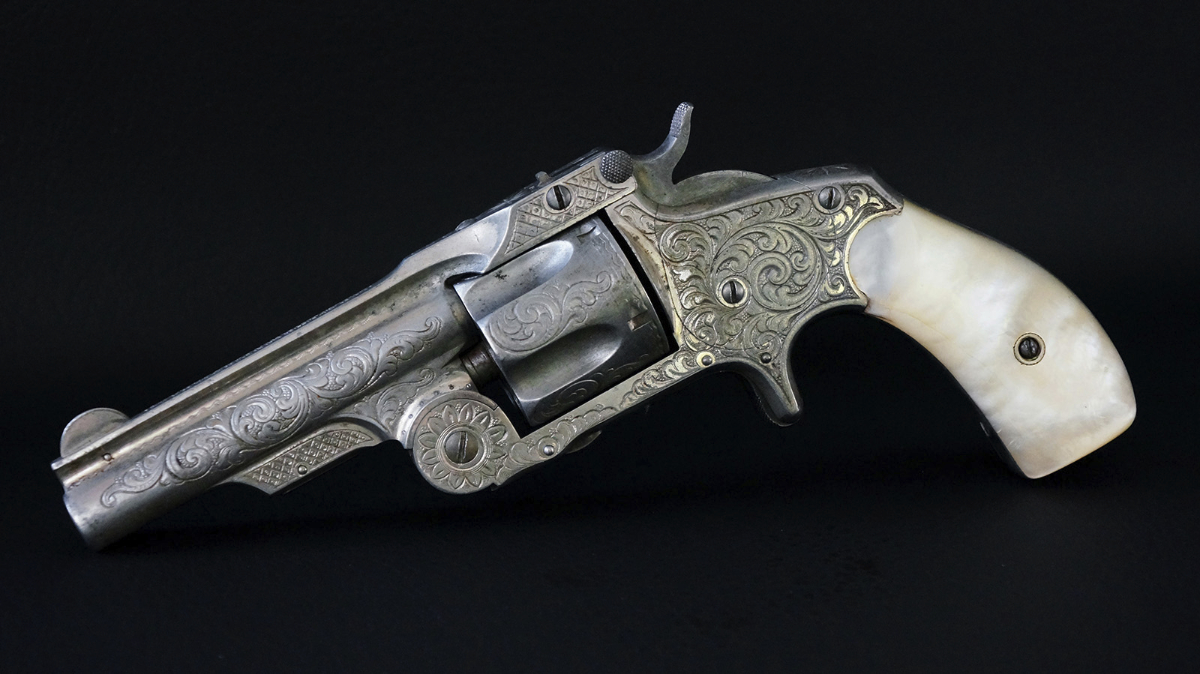
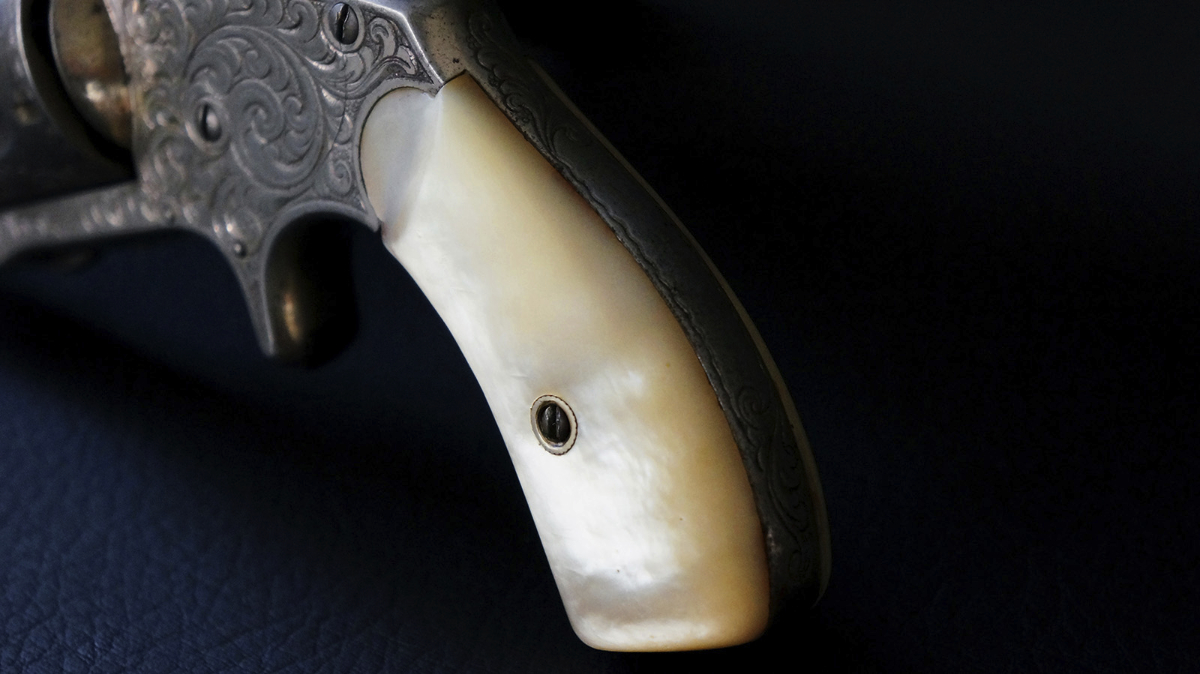
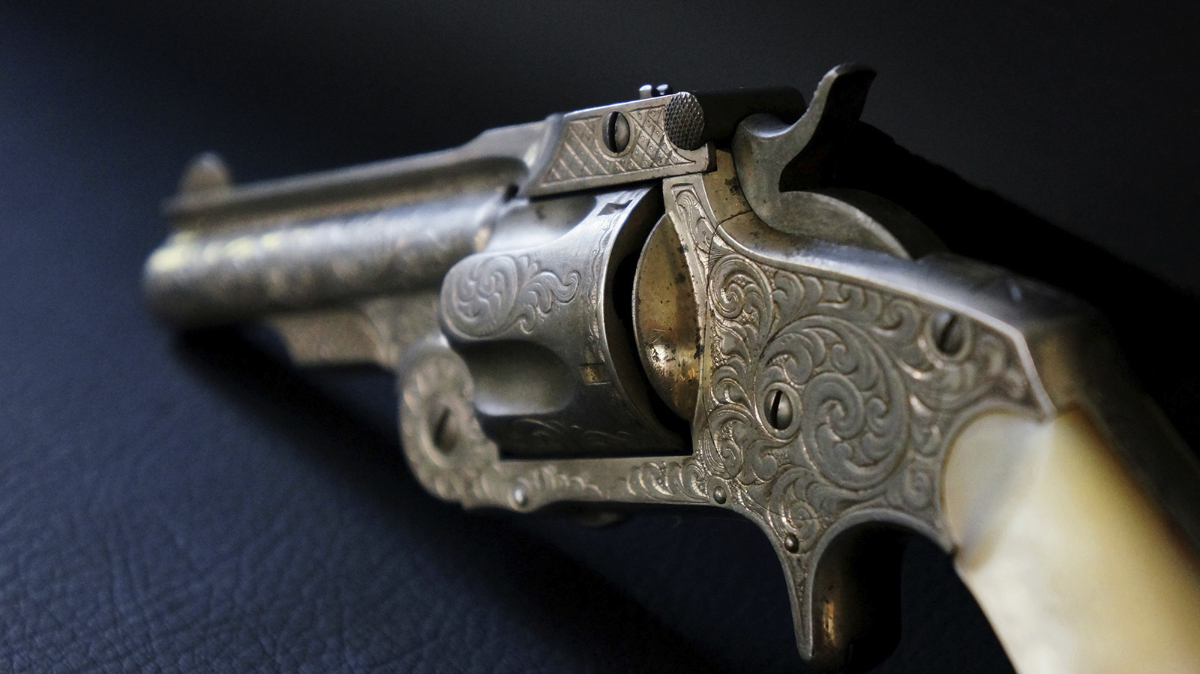
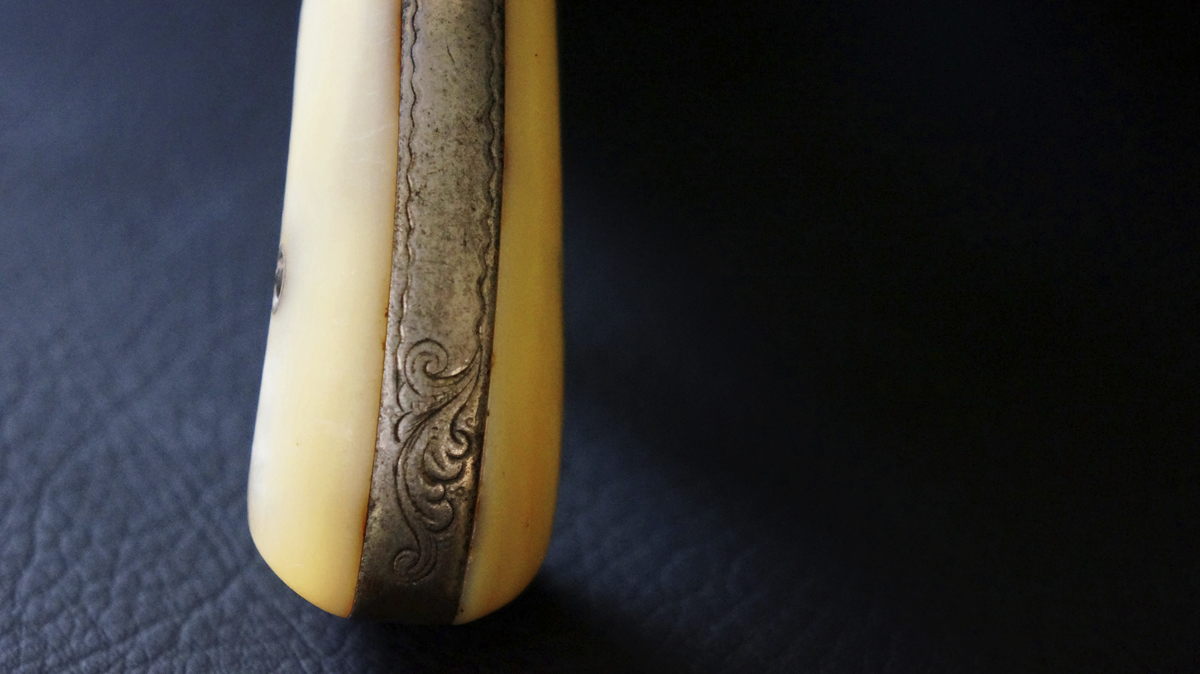
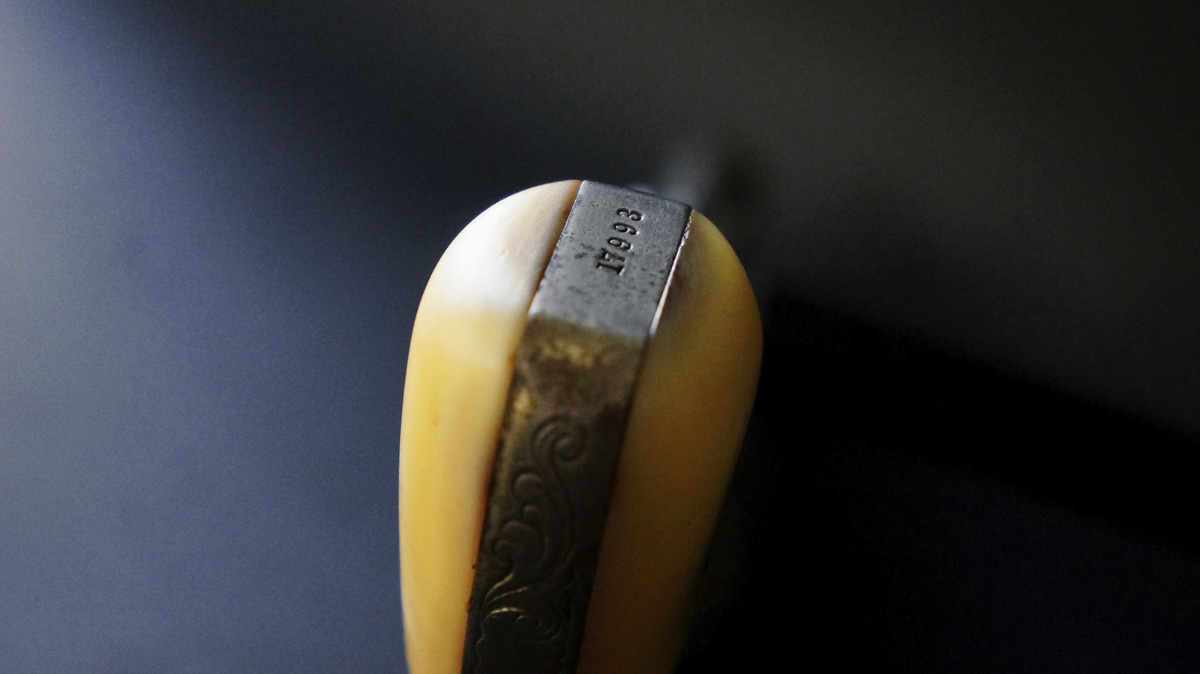
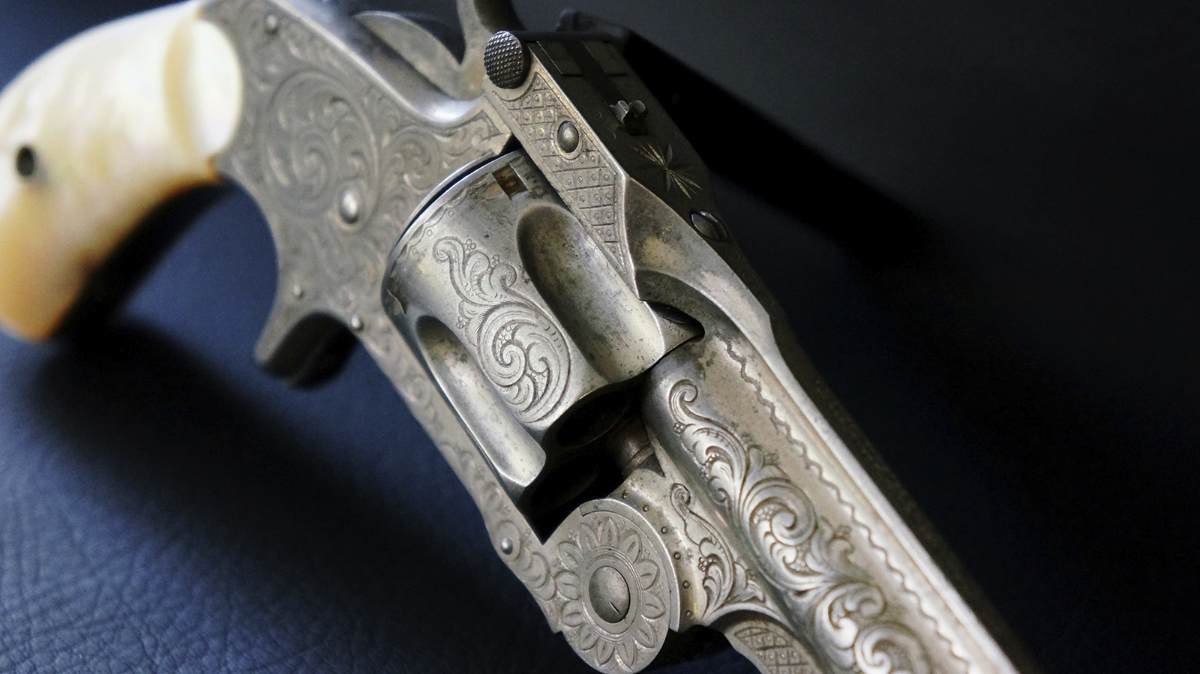
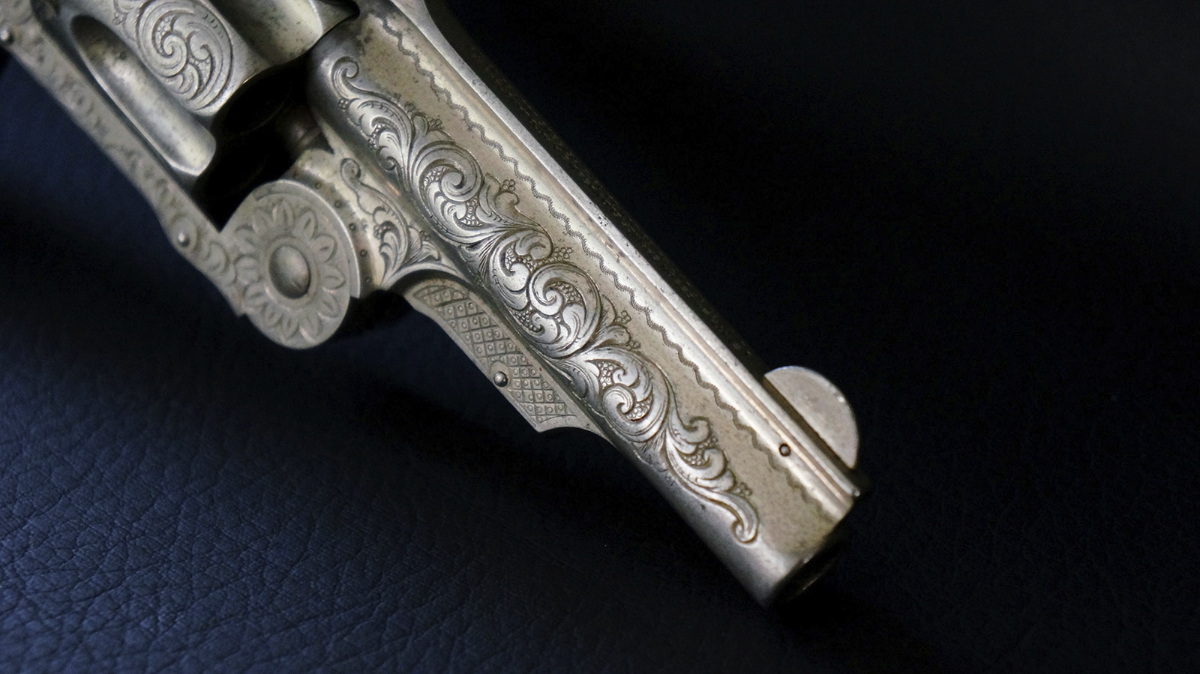
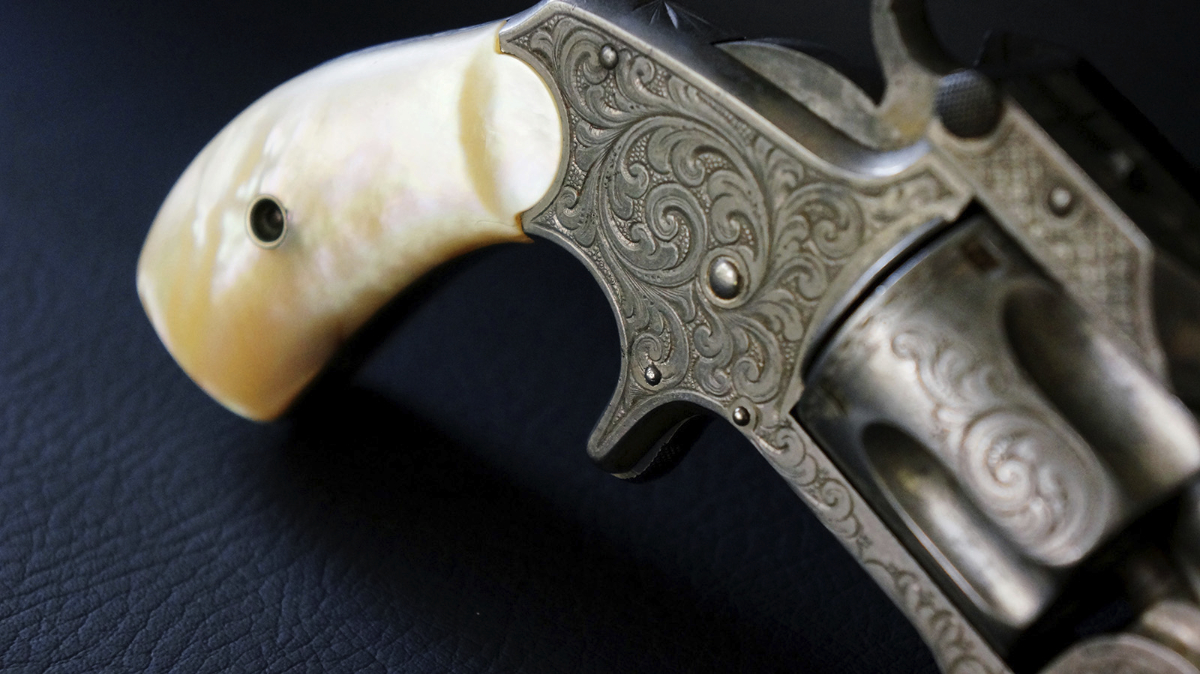
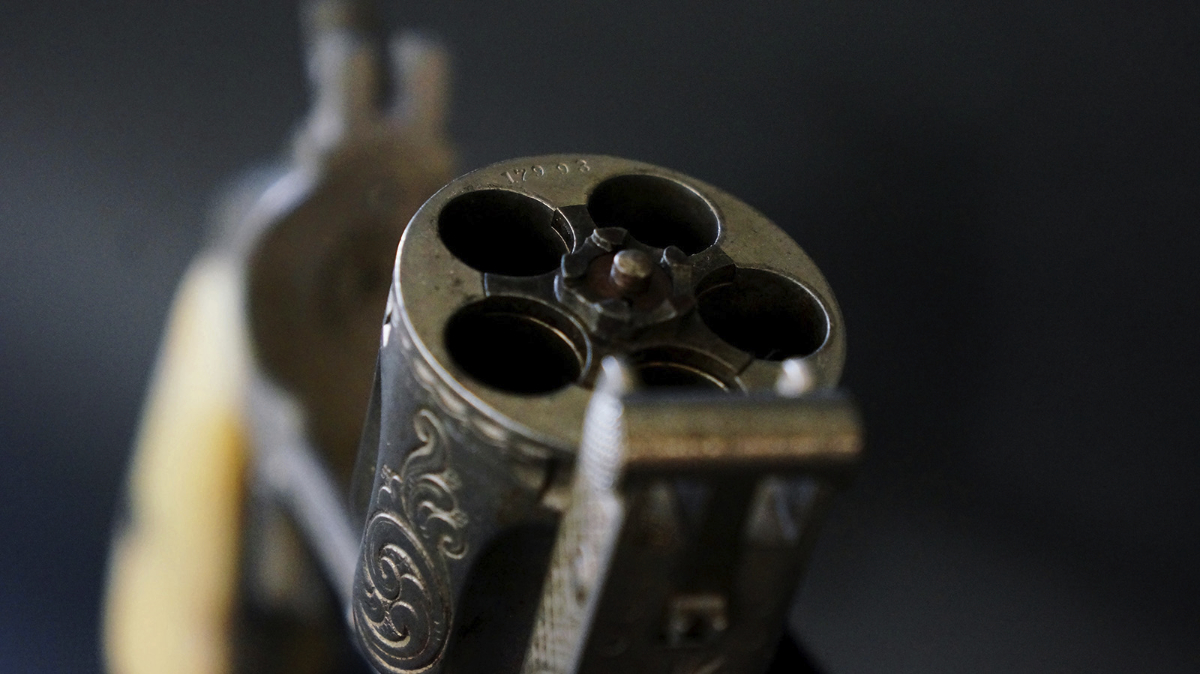
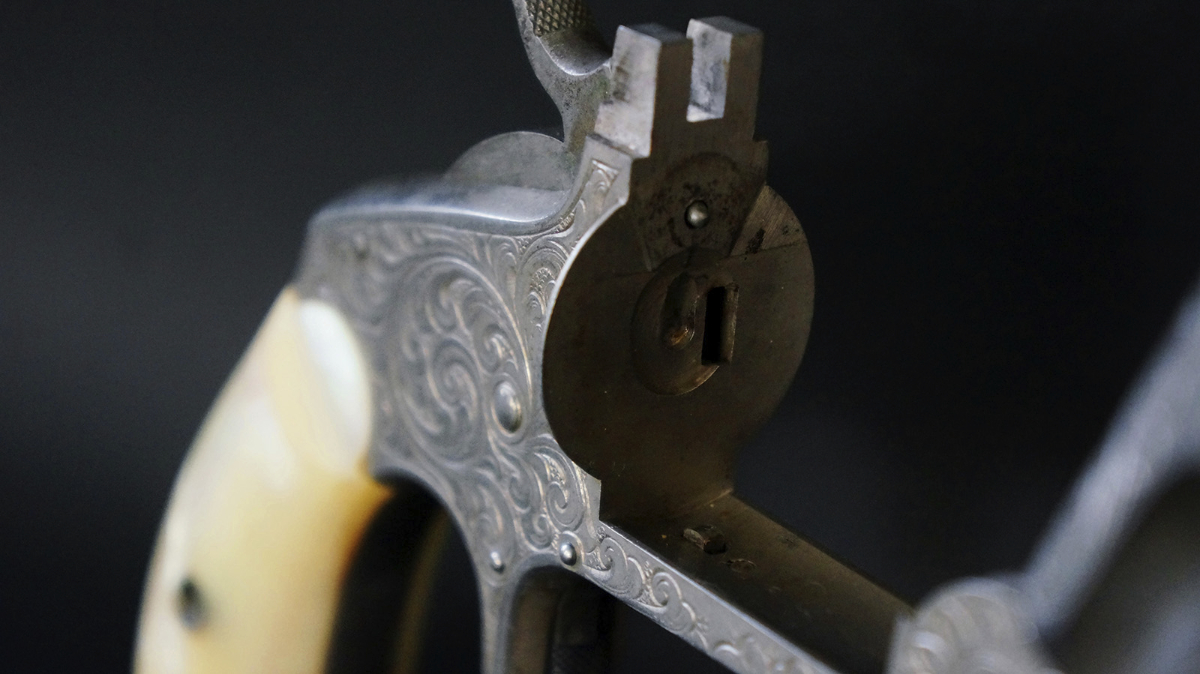
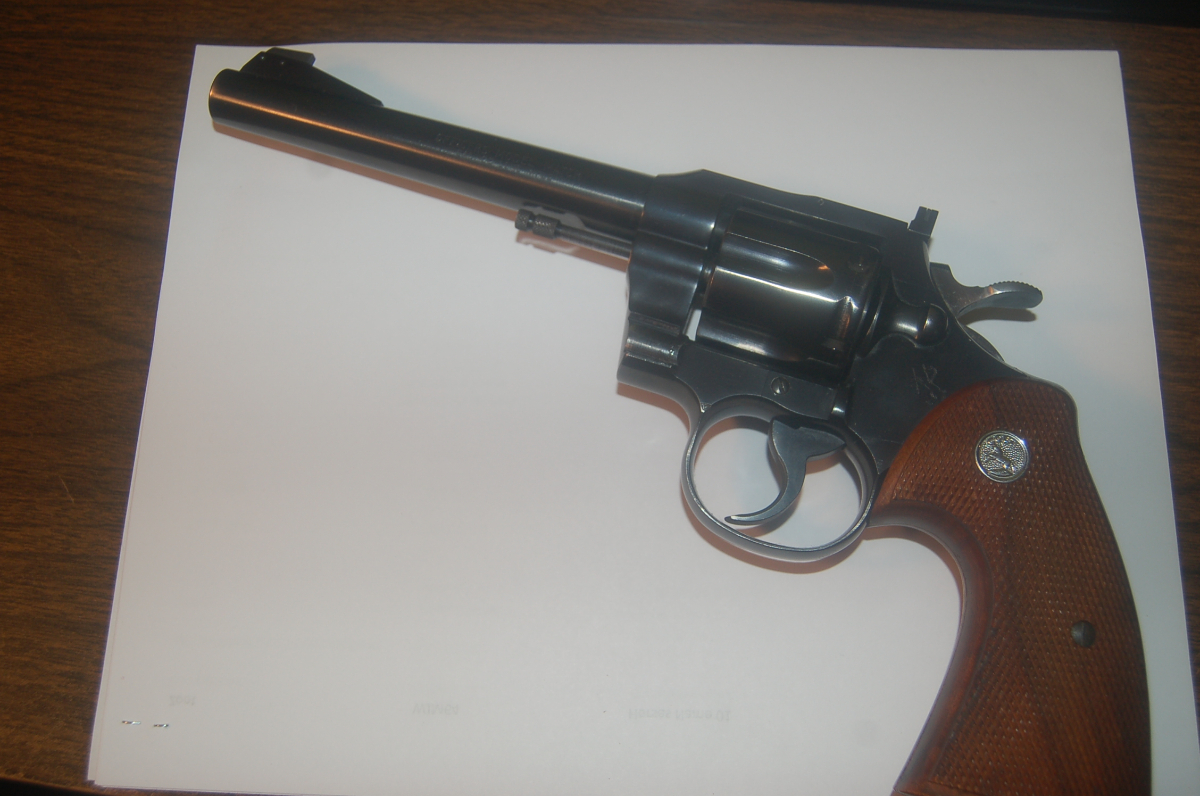
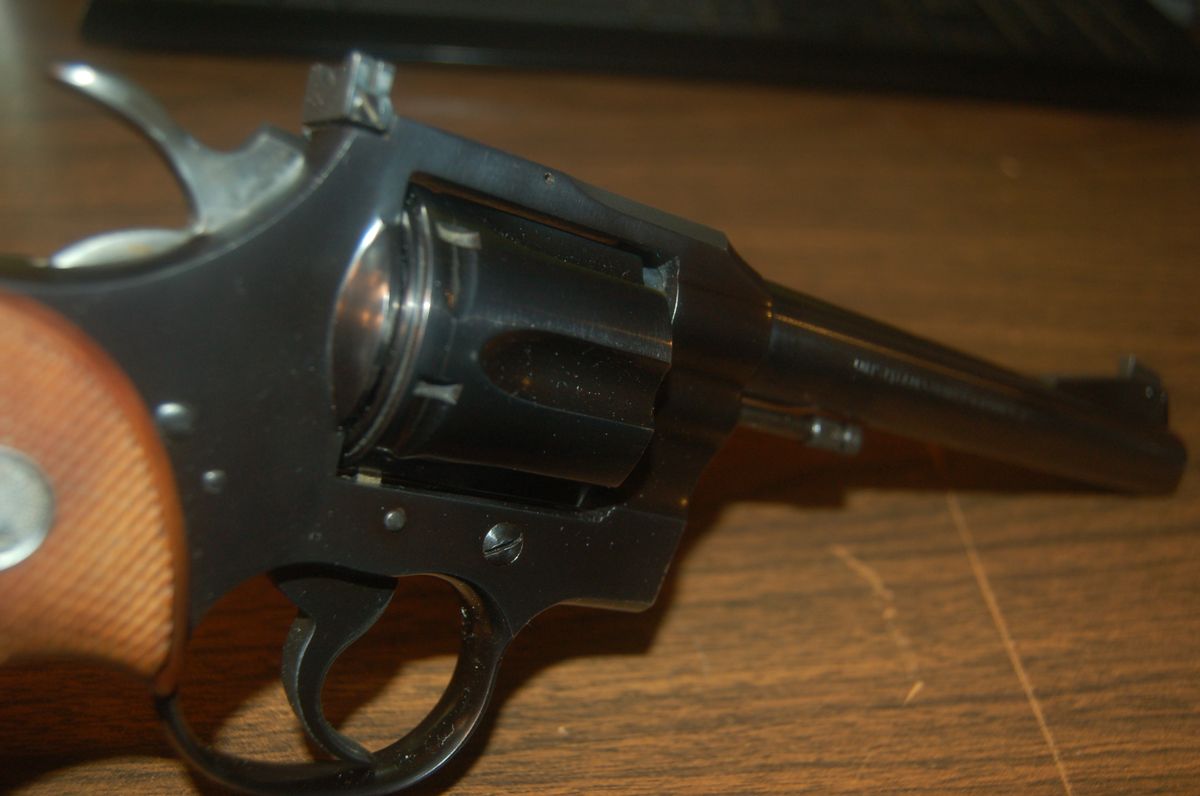
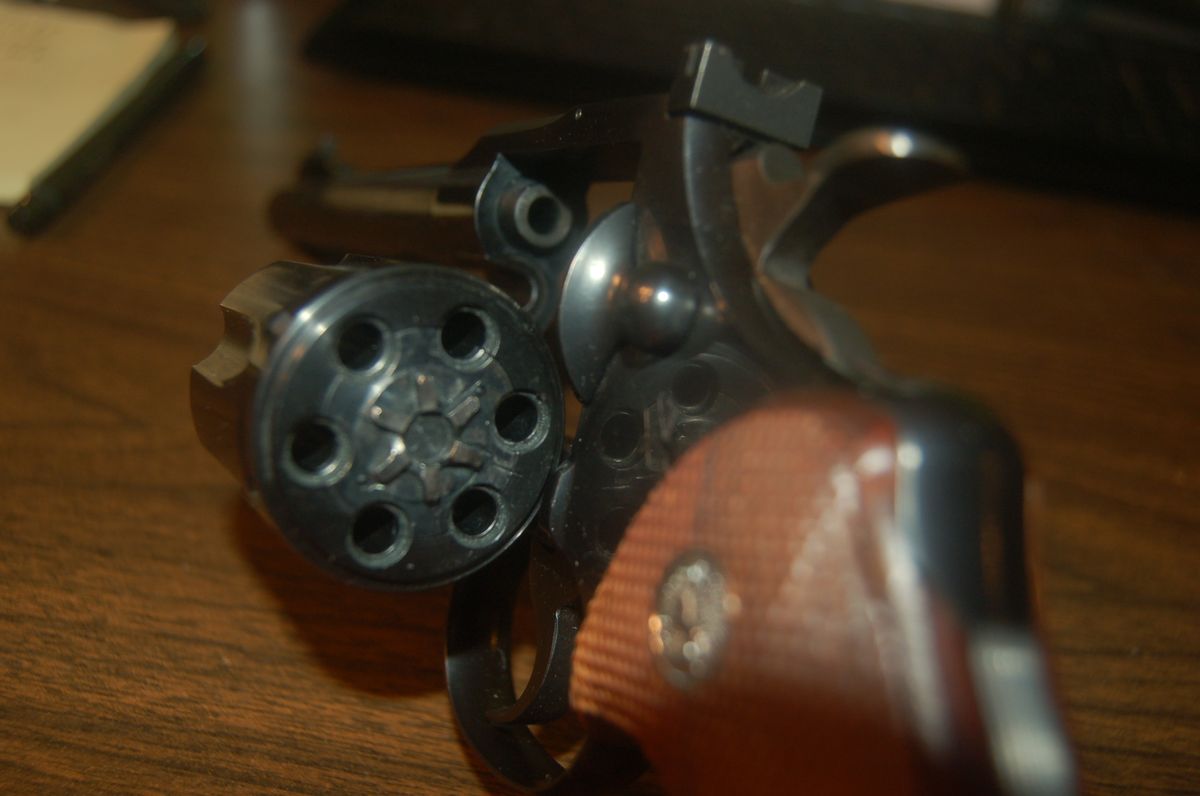
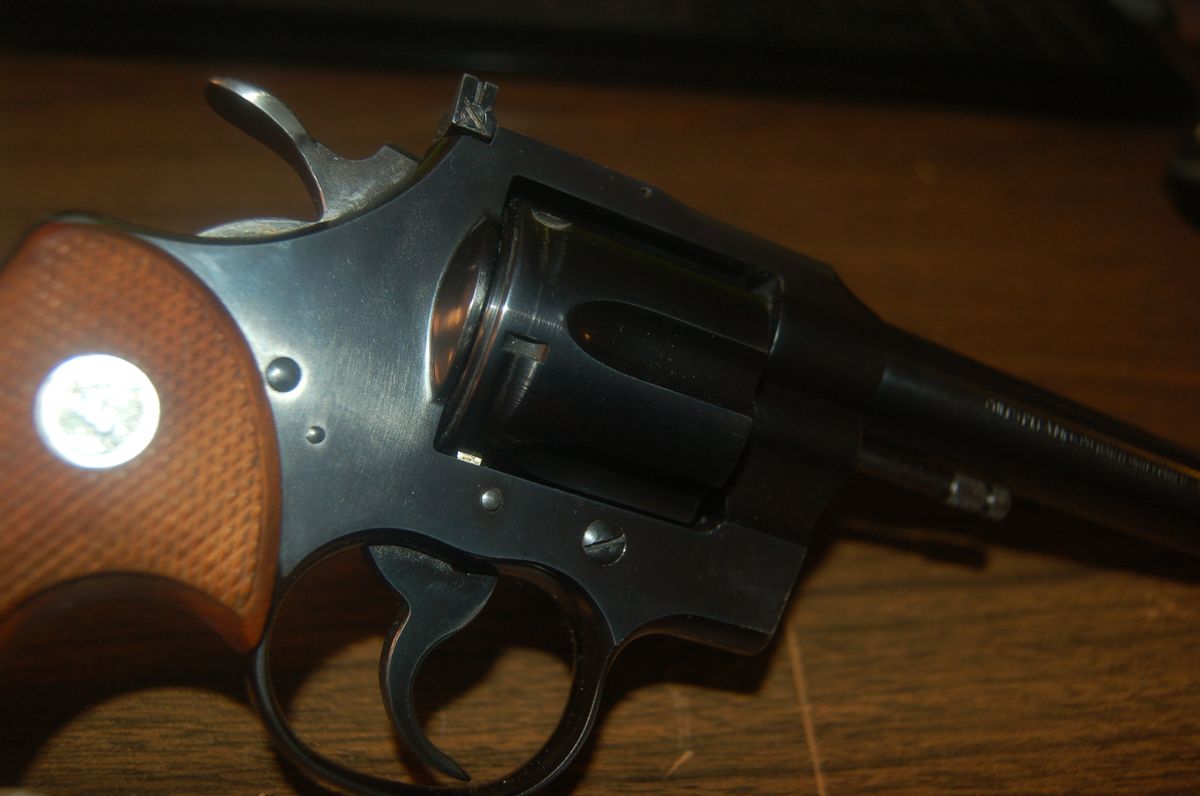
 A 9.3x62mm cartridge (left) compared to a 7.62x51mm (right).
A 9.3x62mm cartridge (left) compared to a 7.62x51mm (right).
Today I want to discuss a lesser known, yet potent and versatile hunting cartridge: the 9.3x62mm Mauser. While relatively popular in southern Africa and Europe, relatively few hunters in the United States utilize this outstanding cartridge, usually relying on the more common .375 H&H Magnum instead when hunting large and dangerous game.
While the .375 H&H is an outstanding cartridge, the 9.3x62mm can provide 85-95 percent of the power (dependent on the exact load) with less recoil and with the added bonus of being able to fit in a rifle with a standard-length action instead of the magnum-length action required by the .375 H&H. This makes the rifle shorter, lighter and cheaper overall and a great choice for hunting big game all over the world.
Before I really get started, please understand that this article is not about bashing the .375 H&H. It is an excellent cartridge and is widely used the world over for good reason: it works. This article is merely trying to describe some of the advantages of a less popular, but comparable cartridge and why it may be appropriate to explore the 9.3x62mm in further detail.
Designed in 1905 for the Mauser Model 1898 rifle, the 9.3x62mm soon became popular among German settlers in Africa. The cartridge rapidly acquired a reputation for providing sufficient power to cleanly take all species of plains and dangerous game in Africa. This, combined with the fact that it was available in a reasonably priced magazine-fed rifle, led to an explosion in popularity among hunters in Africa and Europe.
Modern 9.3x62mm factory loads generally fire a 220-320gr bullet at velocities between 2,200 and 2,650 feet per second. However, a 286gr bullet at approximately 2,350 feet per second is probably the most popular load. This load produces over 3,500 foot-pounds of energy and is a deadly combination for deer, elk, moose, bear and large plains game species like kudu and eland.
The 9.3x62mm can also work as a great cartridge when hunting dangerous game like buffalo and elephant where legal. Though some countries, like Tanzania, have a minimum caliber of .375 for dangerous game hunting (the 9.3mm is .366 caliber), Mozambique has no minimum caliber and Zimbabwe has a minimum caliber of 9.2mm.
While it is the absolute smallest cartridge I would recommend using on buffalo and elephant, the 9.3x62mm will do a great job when using an appropriate controlled expansion or solid bullet that is placed properly. Indeed, many thousands of buffalo and elephant have fallen to the venerable 9.3x62mm over the last century. That being said, the cartridge is not the best choice for following up a wounded buffalo or elephant in heavy cover, but then again, neither is the .375 H&H.
One of the reasons the 9.3x62mm cartridge performs so well on large and dangerous game is because it penetrates deeply and consistently. This is partly due to the fact that the bullet has a high sectional density (a measure of the ratio of the diameter of a projectile to its mass).
All other things equal, a heavier projectile of a given caliber will be longer and therefore have a higher sectional density and consequently penetrate deeper than projectiles with a lower mass and sectional density. As an example 286gr and 293gr 9.3mm bullets have sectional densities of .305 and .312 respectively. This compares favorably to 270gr and 300gr .375 caliber bullets (the most popular weights for that caliber) which have sectional densities of .274 and .305 respectively.
Another advantage that the 9.3x62mm has is the relatively light (for a medium-bore dangerous game rifle) recoil that it generates. While the exact amount of recoil generated depends on the load used (more powerful loads generate more recoil) and the weight of the rifle (heavier rifles have less recoil), the 9.3x62mm generates between 65-85 percent of the recoil of the .375 H&H. For comparison, this is only 20-30 percent more recoil than a typical rifle chambered in .30-06.
 A 9.3x62mm cartridge with a recovered 286gr Swift A-Frame (left) and 286gr Woodleigh FMJ (right).
A 9.3x62mm cartridge with a recovered 286gr Swift A-Frame (left) and 286gr Woodleigh FMJ (right).
A manageable amount of recoil is important for hunters, especially those who are smaller framed or who are just more sensitive to recoil. Lighter recoil typically increases accuracy on the initial shot as well as enabling the hunter to make a rapid follow-up shot. As has been said over and over again, where an animal is hit is much more important than what it is hit with, so an accurately placed 9.3mm bullet is much more effective than a poorly placed .375 or .458 caliber bullet.
Perhaps the biggest advantage of the 9.3x62mm over a .375 H&H is the significantly lower price of rifles chambered for it since the cartridge can fit in a standard-length action. Among other manufacturers, Sako, Steyr and CZ all produce rifles chambered in 9.3x62mm. Of these, CZ produces perhaps the least expensive, yet still excellent quality example in the Model 550 American which starts at $850 MSRP. Compare that to an MSRP of $1419 for a Winchester Model 70 in .375 H&H, $1450 for a Remington Model 700 in .375 H&H.
Additionally, there is a large selection of high-quality ammunition available for the 9.3x62mm. Nosler, Hornady, Norma, Federal, Barnes, Remington, Woodleigh, Swift, A-Square and Prvi Partizan are all major manufacturers that produce bullets and/or loaded ammunition for it. Furthermore, the German munitions company RWS also produces excellent quality 9.3mm bullets and ammunition, but they are expensive and hard to come by in the United States. These manufacturers produce a wide variety of bullets that range from light, rapidly expanding bullets for use on white-tailed deer to heavy, controlled expansion and solid bullets for buffalo and elephant.
With a premium rifle chambered in 9.3x62mm, one could legally and ethically hunt virtually every species on Earth from white-tailed deer to elephant. I cannot think of many other calibers that would allow a hunter to pursue such a wide variety of species without breaking his or her shoulder or bank account while doing so.
However, in addition to the previously mentioned shortcomings against stopping a dangerous game charge, the 9.3x62mm is not really suitable for long-range shots over about 300 yards like one might encounter on a Marco Polo Sheep hunt. Other than those few exceptions, the caliber fits the bill nicely for the vast majority of big game.
In short, the 9.3x62mm is a fantastic cartridge that can fill a number of different roles for a big-game hunter virtually anywhere in the world — especially for a hunter who only wants one rifle to hunt a wide variety of big game. John “Pondoro” Taylor summed the 9.3x62mm up pretty well when he said in his book “African Rifles and Cartridges” that, “There isn’t really a great deal to say about it. Everybody found it so generally satisfactory that there wasn’t anything to start a discussion.”
Is it a perfect cartridge? No, but I think the 9.3x62mm comes about as close to a “one size fits all” solution as you can reasonably expect to get.
“Africa’s Most Dangerous” by Kevin Robertson, “African Rifles and Cartridges” by John Taylor, “The Reloader’s Nest,” and “The African Hunter” were all used as references for this article.